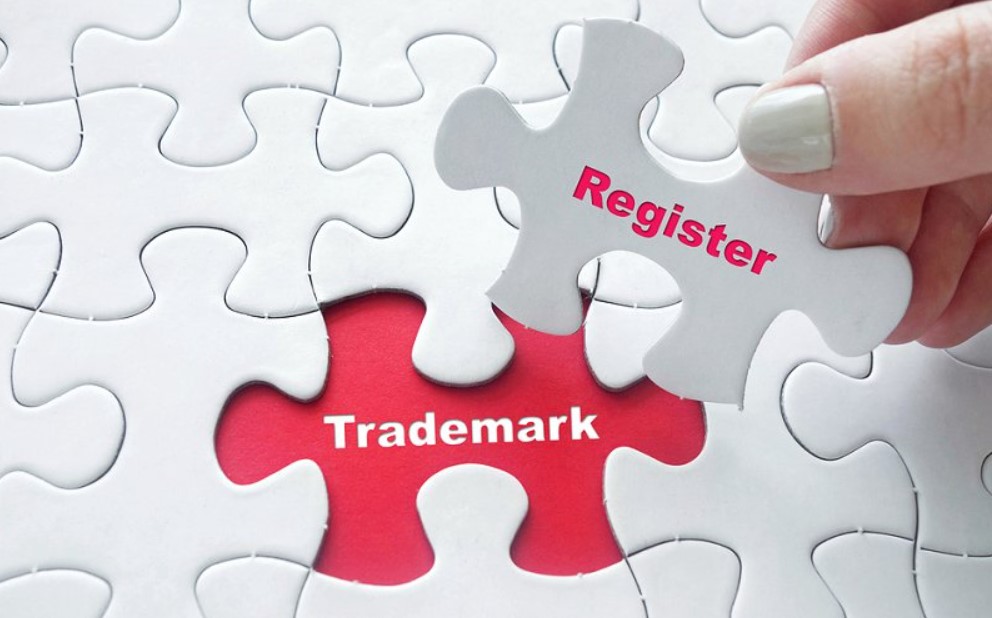
In today’s interconnected world, brands transcend geographical boundaries. Whether you’re a local bakery or a burgeoning tech startup, establishing a strong trademark is crucial for protecting your brand identity across the globe. This comprehensive guide equips you with the knowledge to navigate the complexities of trademark registration, empowering you to safeguard your brand in key markets around the world.
The Power of a Trademark:
A trademark is more than just a logo or a catchy name. It’s the cornerstone of your brand’s legal protection, distinguishing your goods and services from those of competitors. Registering your trademark grants you exclusive rights to its use within a specific territory, offering a multitude of benefits:
- Combatting Infringement: Registered trademarks empower you to take legal action against unauthorized use,preventing counterfeiting and protecting your brand reputation.
- Building Brand Recognition: A registered trademark signals legitimacy and professionalism, fostering consumer trust and recognition in a crowded marketplace.
- Competitive Edge: A strong trademark helps you stand out from the competition, making it easier for customers to identify and remember your brand.
- Licensing Opportunities: Registration allows you to license your brand to other entities, generating additional revenue streams and expanding your reach.
The Landscape of Global Trademark Registration:
While the core principles of trademark protection remain consistent, specific registration processes can vary depending on the country or region. Here’s a breakdown of some key considerations:
- National Registration: Each country has its own intellectual property office responsible for trademark registration. The application process typically involves filing an application form, paying official fees, and undergoing examination by the respective office.
- Regional Systems: Several regional systems offer streamlined registration in multiple countries through a single application. For instance, the European Union Trademark (EUTM) system covers all 27 EU member states.
- International Registration (Madrid Protocol): This international treaty facilitates registration in over 120 countries through a centralized system administered by the World Intellectual Property Organization (WIPO). This option is particularly beneficial for brands seeking protection in multiple jurisdictions.
Navigating the Trademark Registration Process:
The specific steps involved in registering a trademark will vary depending on your chosen jurisdiction. However, here’s a general framework to guide you:
- Trademark Selection: Choose a distinctive and memorable mark that doesn’t violate existing trademarks in your target market. Conducting a trademark search beforehand is crucial to avoid potential conflicts.
- Application Filing: Prepare your application form according to the relevant national or regional office requirements. This typically includes details like the trademark itself, your contact information, and the goods or services associated with the mark.
- Examination: The intellectual property office will examine your application to ensure it complies with legal requirements. Communication and prompt response to inquiries are vital during this stage.
- Publication and Opposition: Once approved, the trademark may be published for public opposition, allowing others to challenge the registration.
- Registration and Renewal: If no successful opposition arises, your trademark will be registered, and you will receive a certificate. Registration typically lasts for a specified period, with the option for renewal upon expiry.
Beyond Registration: Maintaining Your Trademark Fortress
Securing your trademark is just the first step. Here are some strategies to maintain its strength and effectiveness:
- Trademark Usage: Actively use your trademark within the registered territory to prevent cancellation due to non-use.
- Trademark Portfolio: Consider registering variations or slogans associated with your brand identity for comprehensive protection.
- Trademark Monitoring: Stay vigilant by monitoring trademark registers in your target markets for potential conflicts with new applications.
- Enforcement: Be prepared to take legal action against infringement to safeguard your brand’s reputation and market share.
Additional Considerations:
- Legal Assistance: Consulting a trademark attorney, particularly for international trademark registration, can provide valuable guidance and ensure compliance with complex legal requirements.
- Cost Factors: Trademark registration can involve fees associated with application filing, examination, and potential opposition.
- Translation Requirements: For international registrations, translating your trademark and application details into the official language of the target country may be necessary.
- Renewal Requirements: Be aware of renewal deadlines for trademarks, patents, and domain names to maintain ongoing protection.
Conclusion
By understanding the fundamentals of trademark registration and implementing these strategies, you can establish a robust global trademark portfolio. Building a strong brand identity is essential for success in today’s competitive marketplace. With a well-protected trademark, you can confidently expand your reach, foster brand loyalty, and conquer new markets around the world.
